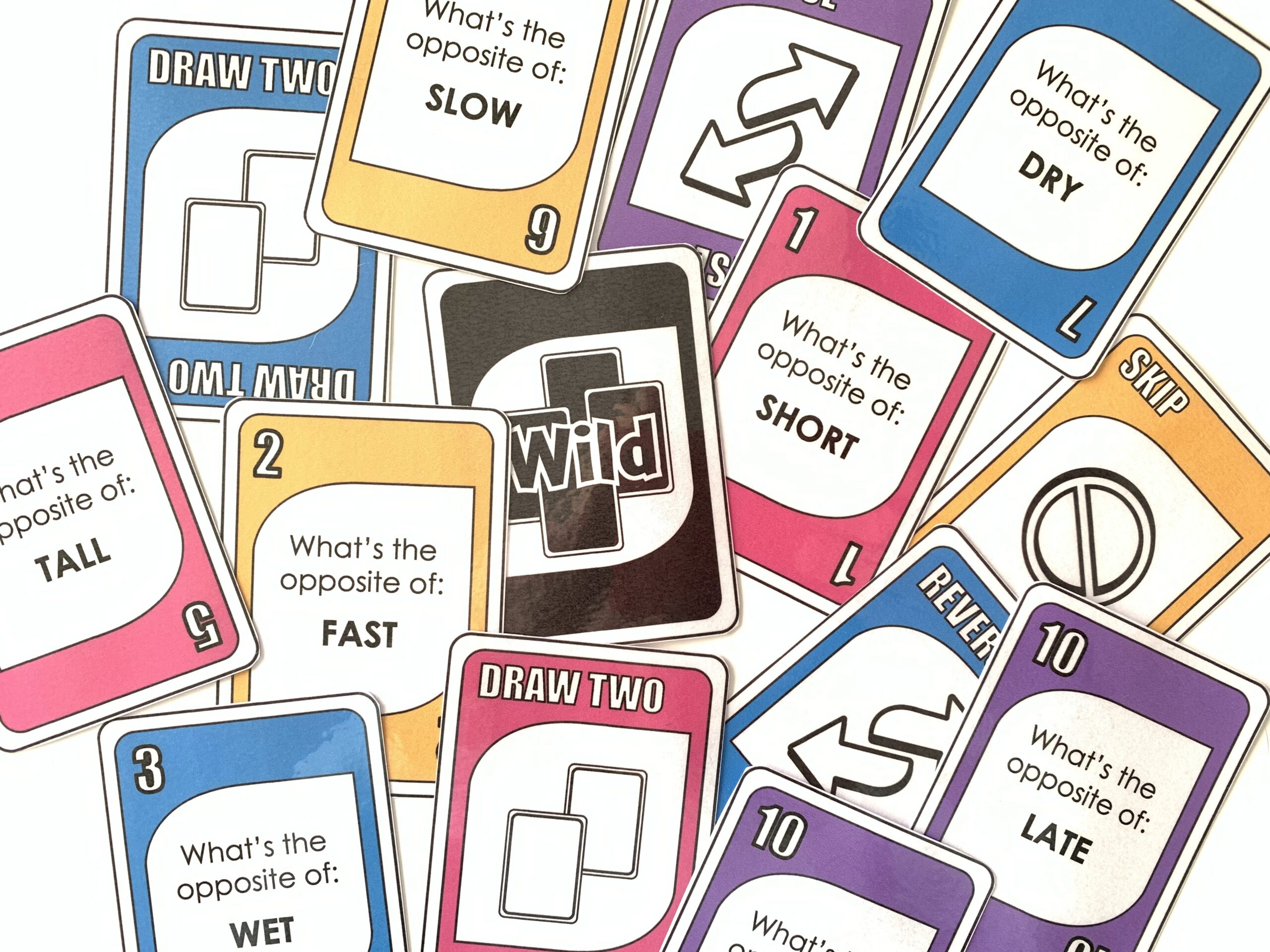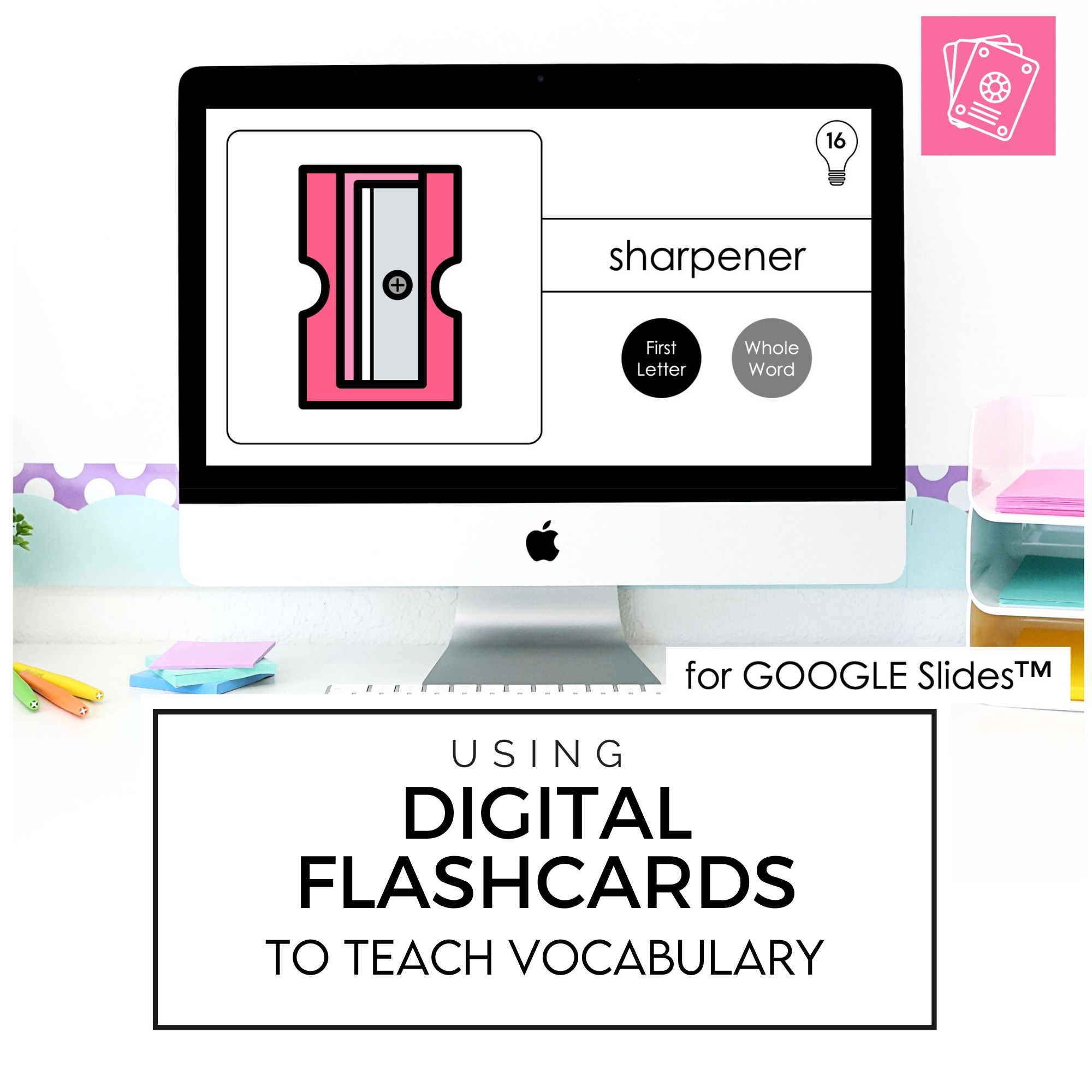Using games is the best way to teach, review and practice vocabulary with ESL learners. I’ve found that playing simple games with my students provides amazing vocabulary retention. The best part is that your students will have a great time while playing! Any teacher can tell you that worksheets and monotonous repetitions of vocabulary in an English language classroom are not very productive. This method has proven to work for all ages. In this blog post, I’d like to talk about some of the various games and activities that can be played in different age groups and some appropriate materials for each of these groups. Let’s start here with a great game for practicing antonym vocabulary.
- A1-A2 learners (CEFR)
- Common Core Standard L.K.5b / L.4.5c: Demonstrate understanding of frequently occurring verbs and adjectives by relating them to their opposites (antonyms).
Teaching Vocabulary with Card Games
I’m a strong believer that students in ESL/EFL classrooms love things that are familiar or that they can relate to. That’s precisely why this OPPOSITES CARD GAME is UNO inspired. Come on! Who doesn’t love playing UNO? This card game contains 40 different antonym sets {80 cards total}
Teaching Vocabulary with Flashcards
This comprehensive flashcard set covers basic vocabulary categories taught in most beginning English curriculums. Each of the 16 flashcard sets come in two different versions: image only and image+text.
Use them for/as:
- vocabulary building, drilling
- memory games
- task cards with the NO TEXT version and included answer sheet
- Easy to read font for emerging readers or learners that are new to the English language.
- Included no text version that can be used in any language classroom
- Put them on a key ring for easy storage and to keep the set together
- 40 printable flashcards (8 to a page) -generally there are 40 card however some sets have 28, 35, or 48 depending on the topic).
Vocabulary Flashcard Sets included:
Only need a few sets? Each set can be purchased individually HERE
- Alphabet, Number & Ordinal Numbers
- School and Classroom Vocabulary
- People: Family & Jobs
- Clothes
- Fruit & Vegetables
- Food Groups
- Home & Furniture
- Action Verbs 1
- Action Verbs 2
- Animals
- Telling Time
- Homophones
- Weather, Seasons, Holidays
- Places in a town, buildings, rooms in the house
- Daily routine
- Color & Shapes
Teaching Vocabulary by Category
Name Three Things -Vocabulary Jar







